Home>Gardening & Outdoor>Pool & Spa Care>What Is Stabilizer In A Hot Tub
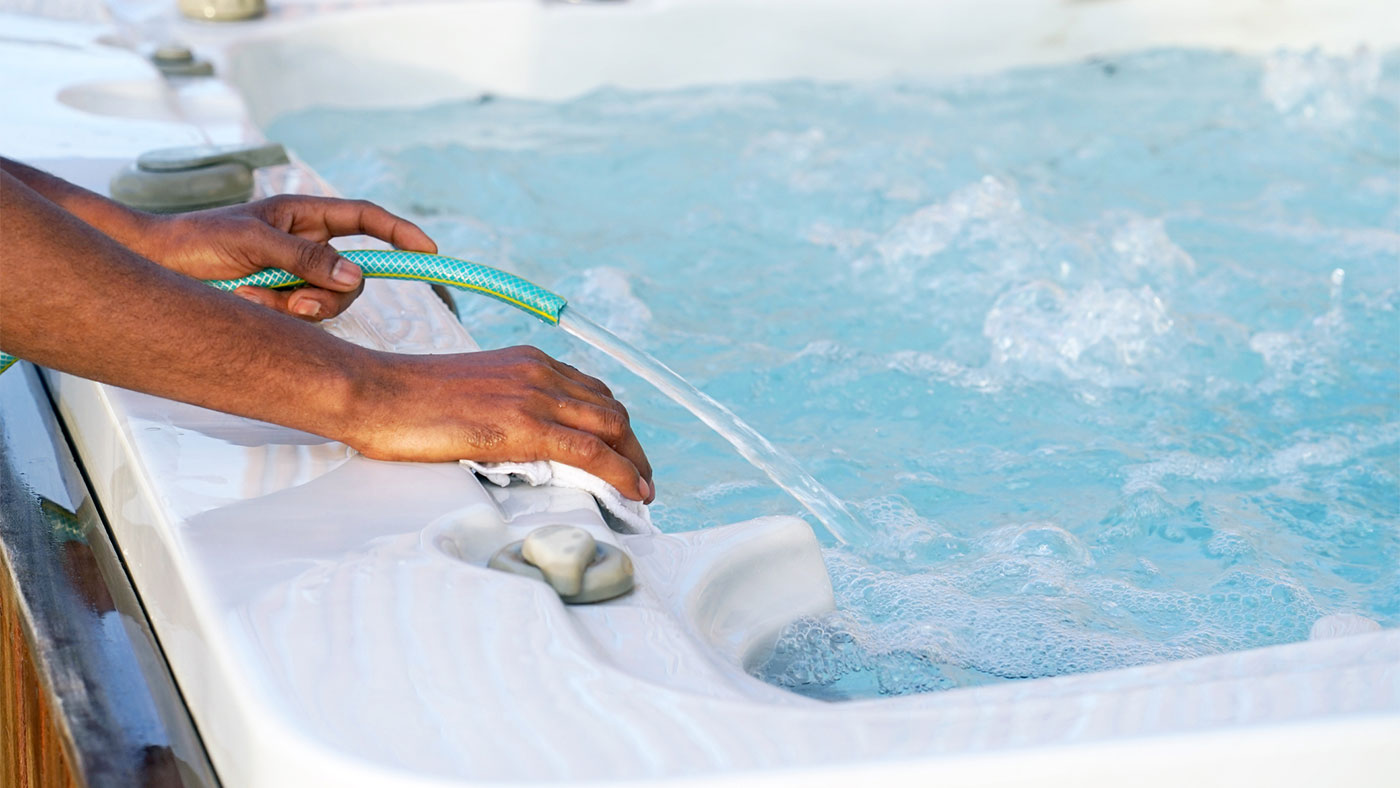

Pool & Spa Care
What Is Stabilizer In A Hot Tub
Modified: January 3, 2024
Learn about the importance of a stabilizer in maintaining the chemical balance of your hot tub. Get expert tips for pool and spa care.
(Many of the links in this article redirect to a specific reviewed product. Your purchase of these products through affiliate links helps to generate commission for Storables.com, at no extra cost. Learn more)
**
Introduction
**
So, you've finally invested in a luxurious hot tub to elevate your relaxation and wellness routine. You've learned about the importance of maintaining the water quality to ensure a safe and enjoyable soaking experience. One crucial element in hot tub maintenance is the use of stabilizers, also known as conditioner or cyanuric acid, to preserve the effectiveness of your sanitizer and maintain balanced water chemistry. In this article, we'll delve into the significance of stabilizers, the various types available, and how to effectively incorporate them into your hot tub care routine. Whether you're a seasoned hot tub owner or a newcomer to the world of water maintenance, understanding the role of stabilizers is essential for prolonging the longevity of your hot tub and optimizing water quality. Let's embark on a journey to unravel the mysteries of hot tub stabilizers and discover their indispensable role in preserving your aquatic oasis.
**
Key Takeaways:
- Stabilizers in hot tubs protect the sanitizer from sunlight, keeping the water clean and safe. Testing and adding the right amount is crucial for optimal water chemistry.
- Different types of stabilizers, like cyanuric acid and borate-based products, help maintain water quality. Adding stabilizers and monitoring levels ensures a consistently inviting hot tub experience.
Read more: What To Do If Stabilizer Is High In Hot Tub
Understanding Hot Tub Stabilizers
**
Hot tub stabilizers, also referred to as conditioner or cyanuric acid, play a pivotal role in maintaining water quality by protecting the sanitizer from the degrading effects of ultraviolet (UV) rays. Without stabilizers, the sanitizer in your hot tub would rapidly dissipate when exposed to sunlight, rendering it less effective in combating bacteria and other contaminants. Stabilizers act as a shield, safeguarding the sanitizer and prolonging its potency, thereby ensuring that your hot tub water remains clean and safe for use.
It’s important to note that while stabilizers are essential for preserving sanitizer efficacy, an excessive amount can lead to issues such as chlorine lock, which impedes the sanitizing process. Striking the right balance is crucial, and regular testing of stabilizer levels is imperative to maintain optimal water chemistry.
Understanding the function of stabilizers empowers hot tub owners to make informed decisions regarding water maintenance. By comprehending the role of stabilizers in preserving sanitizer potency, you can take proactive steps to uphold water quality and create a hygienic environment for relaxation and rejuvenation.
**
Importance of Stabilizers in Hot Tubs
**
The significance of stabilizers in hot tub maintenance cannot be overstated. These compounds are instrumental in preserving the effectiveness of the sanitizer, typically chlorine or bromine, by shielding it from the deteriorating impact of sunlight. Without stabilizers, the sanitizer would rapidly degrade when exposed to UV rays, leading to a rapid loss of its disinfecting properties.
By incorporating stabilizers into your hot tub care regimen, you are essentially extending the lifespan of your sanitizer, thereby ensuring that it remains potent and capable of combating harmful bacteria, algae, and other contaminants. This, in turn, contributes to maintaining pristine water quality, safeguarding the health and well-being of hot tub users.
Moreover, stabilizers help optimize the use of sanitizers, allowing for more efficient and consistent disinfection of the water. This is particularly crucial in hot tubs, where warm temperatures create an ideal breeding ground for bacteria and other microorganisms. With the aid of stabilizers, the sanitizer can fulfill its role more effectively, providing a hygienic and safe soaking environment for hot tub enthusiasts.
Ultimately, the presence of stabilizers in hot tub water management is a testament to their indispensable role in preserving water quality and ensuring a delightful and rejuvenating experience for hot tub users. By recognizing and embracing the importance of stabilizers, hot tub owners can proactively maintain a clean, safe, and inviting aquatic haven.
**
When maintaining a hot tub, use a stabilizer to prevent chlorine from breaking down too quickly in the water. This helps to keep the water clean and balanced.
Types of Stabilizers
**
When it comes to hot tub maintenance, various types of stabilizers are available to cater to different preferences and needs. The most common stabilizer used in hot tubs is cyanuric acid, which is specifically designed to shield chlorine from UV degradation. Cyanuric acid is available in granular or liquid form, providing flexibility in application based on individual requirements and convenience.
Another type of stabilizer gaining popularity is borate-based products. These not only act as stabilizers but also contribute to maintaining pH levels and inhibiting the growth of algae. Borate-based stabilizers offer a multifaceted approach to water maintenance, promoting a stable and comfortable environment for hot tub users.
Furthermore, some hot tub owners opt for non-chlorine shock products containing potassium monopersulfate. While not categorized as traditional stabilizers, these products play a role in oxidizing contaminants and revitalizing the effectiveness of sanitizers, indirectly contributing to the overall stability of the water chemistry.
Each type of stabilizer has its unique properties and benefits, catering to diverse preferences and specific maintenance goals. Understanding the characteristics of different stabilizers empowers hot tub owners to make informed decisions regarding water care, ensuring that the chosen stabilizer aligns with their maintenance objectives and enhances the overall quality of the hot tub water.
**
How to Use Stabilizers in a Hot Tub
**
Incorporating stabilizers into your hot tub maintenance routine is a straightforward process that can significantly enhance water quality and prolong the effectiveness of sanitizers. Here are essential steps for effectively using stabilizers in a hot tub:
- Assess Stabilizer Levels: Begin by testing the current stabilizer levels in the hot tub water using a reliable test kit. This provides a baseline for determining the appropriate amount of stabilizer to add.
- Calculate the Required Amount: Based on the test results and the desired stabilizer level, calculate the precise quantity of stabilizer needed to achieve the optimal range. Be mindful of the manufacturer’s recommendations and guidelines for the specific stabilizer being used.
- Dissolve Stabilizer: If using granular stabilizer, dissolve the calculated amount in a bucket of water before adding it to the hot tub. This ensures even distribution and prevents the stabilizer from settling at the bottom of the tub.
- Add Stabilizer to the Hot Tub: Pour the dissolved stabilizer into the hot tub water while the circulation system is running. This facilitates thorough mixing and distribution of the stabilizer throughout the water.
- Monitor Stabilizer Levels: After adding the stabilizer, retest the water to confirm that the stabilizer levels have reached the desired range. Regular monitoring is essential to ensure that the stabilizer remains within the recommended range and to make adjustments as needed.
- Consider Maintenance Products: In addition to stabilizers, consider incorporating complementary maintenance products such as non-chlorine shock or borate-based solutions to further optimize water quality and stability.
By following these steps and maintaining a diligent approach to water testing and treatment, hot tub owners can effectively harness the benefits of stabilizers, safeguarding the sanitizer and promoting a consistently clean and inviting soaking experience.
**
Read more: How To Increase Stabilizer In Hot Tub
Conclusion
**
As guardians of our personal aquatic sanctuaries, understanding the role of stabilizers in hot tub maintenance empowers us to preserve water quality and elevate the soaking experience. Stabilizers, whether in the form of cyanuric acid, borate-based products, or other innovative solutions, serve as stalwart defenders of sanitizer efficacy, shielding it from the relentless assault of UV rays and ensuring that our hot tub water remains a haven of cleanliness and rejuvenation.
By recognizing the importance of stabilizers and embracing a proactive approach to their utilization, we embark on a journey of water care mastery, fostering an environment where relaxation and wellness harmoniously converge. The judicious application of stabilizers, coupled with regular testing and maintenance, forms the cornerstone of a pristine hot tub oasis, where the worries of the day melt away, and the therapeutic embrace of warm, crystal-clear water beckons.
So, let us embark on this odyssey of water stewardship, where the diligent use of stabilizers becomes a testament to our commitment to maintaining a safe, inviting, and hygienic haven for ourselves and our loved ones. Through the harmonious interplay of stabilizers, sanitizers, and attentive care, we cultivate a hot tub experience that transcends mere luxury, evolving into a sanctuary of well-being and tranquility.
As we bid farewell, let us carry forth this newfound understanding of stabilizers, embracing their indispensable role in our hot tub care rituals and nurturing an environment where the waters glisten with purity, inviting us to immerse ourselves in the blissful embrace of relaxation and rejuvenation.
Frequently Asked Questions about What Is Stabilizer In A Hot Tub
Was this page helpful?
At Storables.com, we guarantee accurate and reliable information. Our content, validated by Expert Board Contributors, is crafted following stringent Editorial Policies. We're committed to providing you with well-researched, expert-backed insights for all your informational needs.
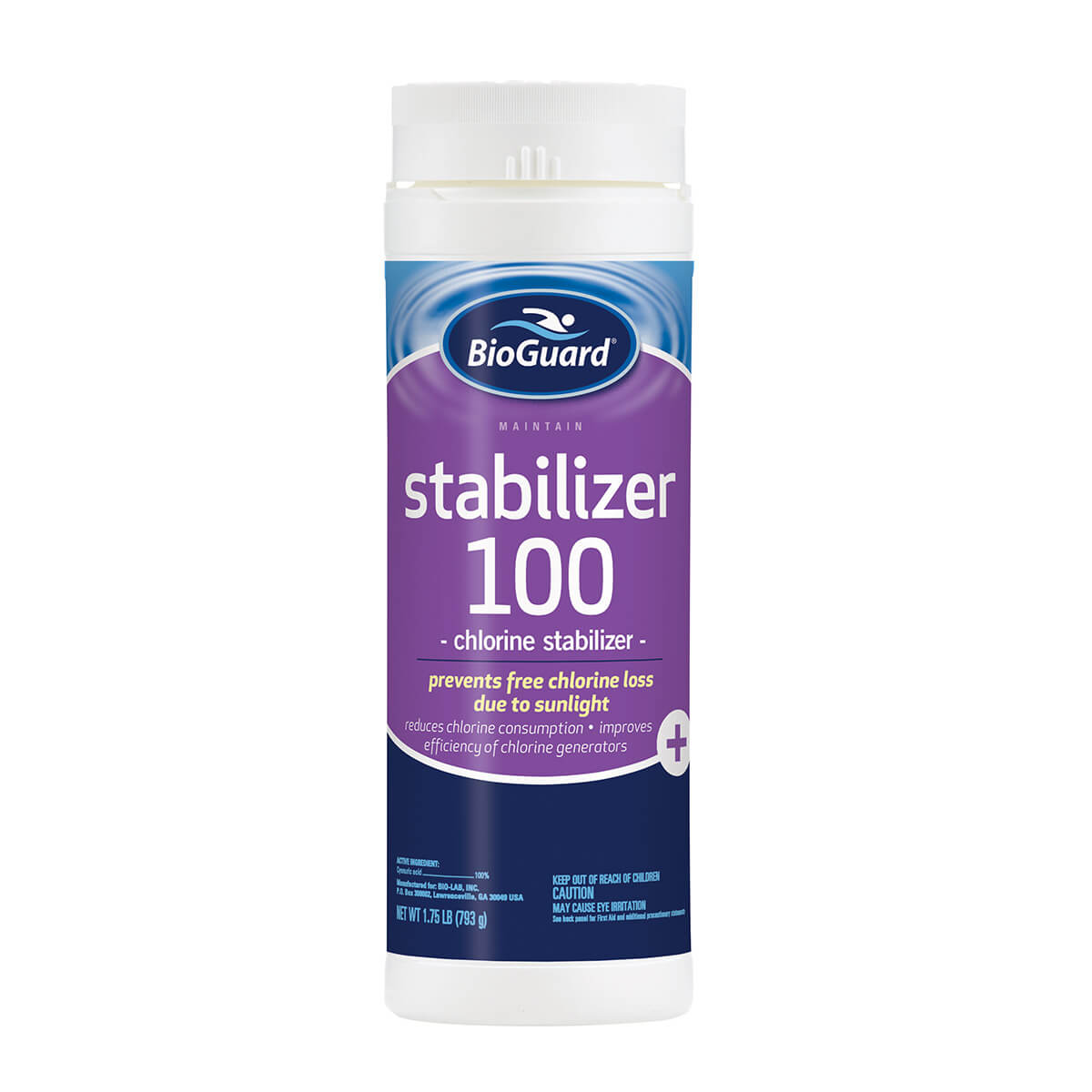
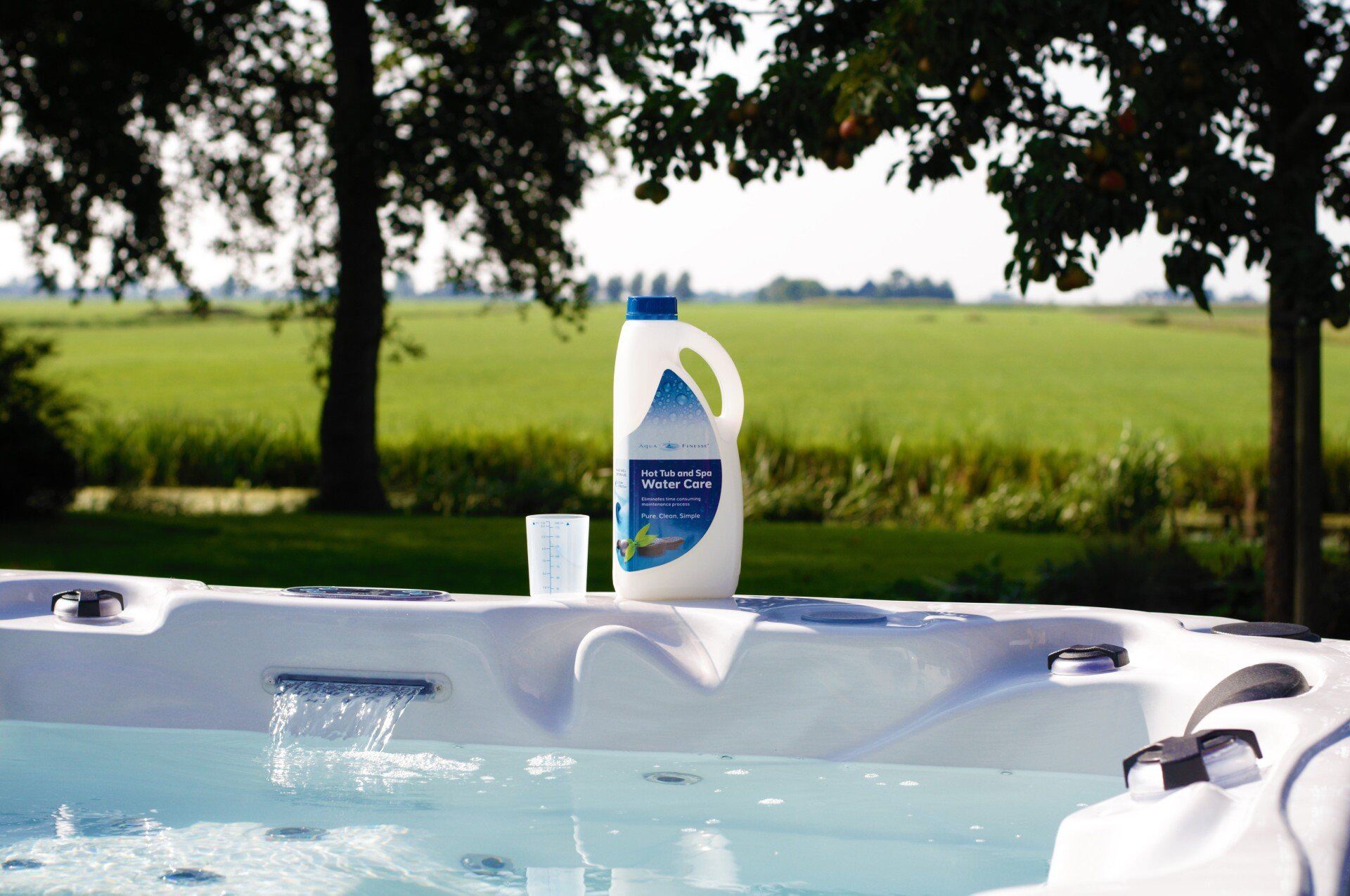
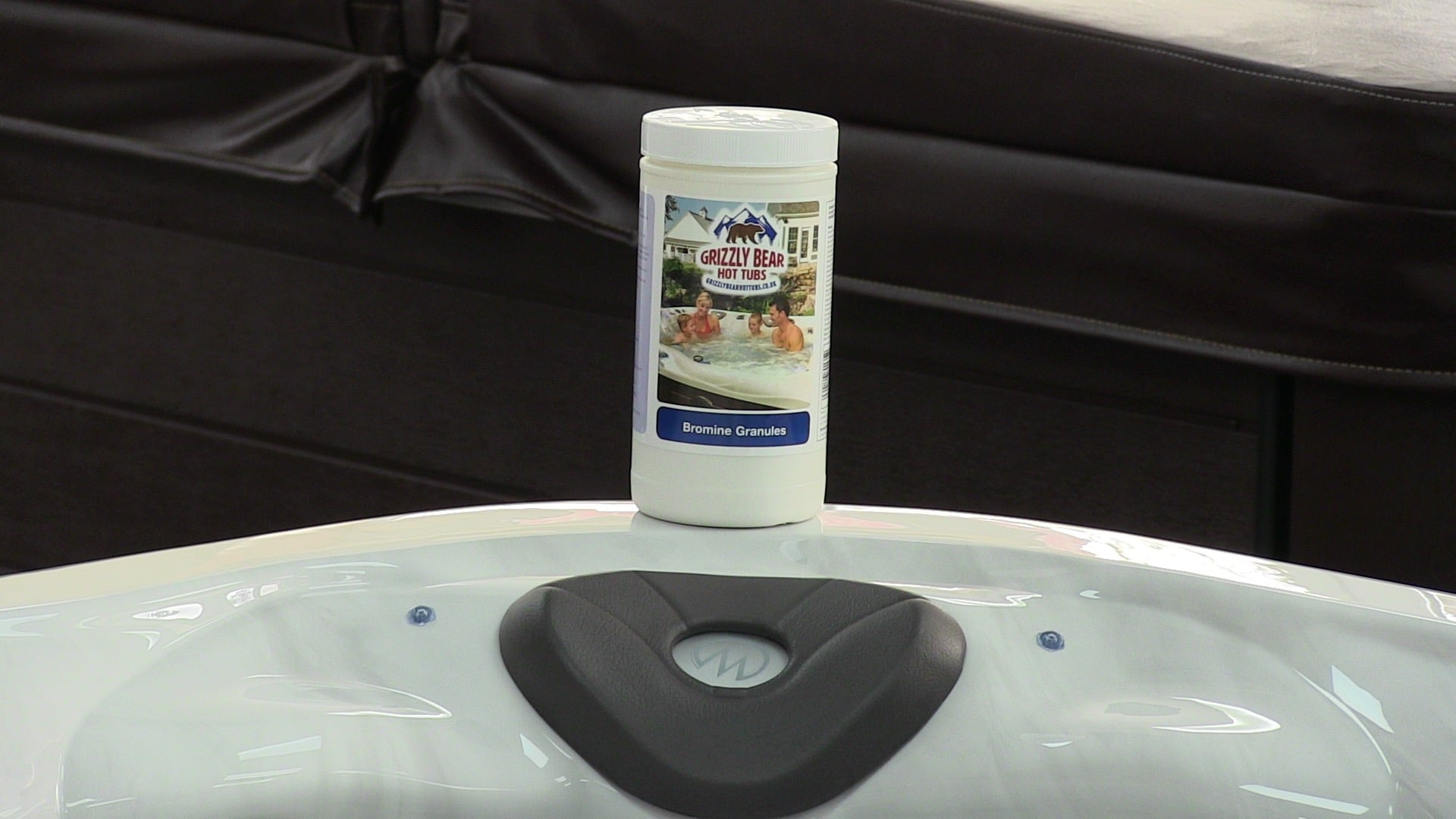
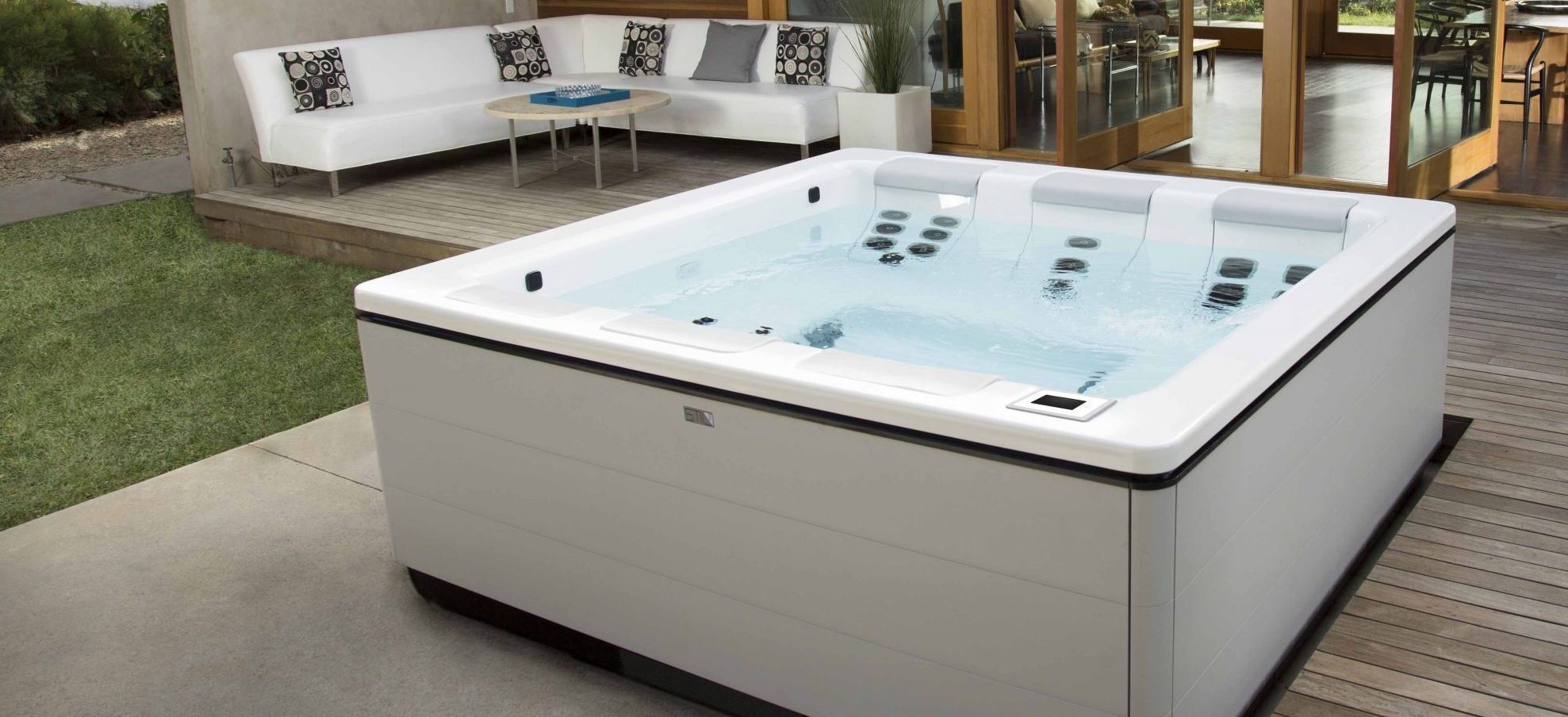
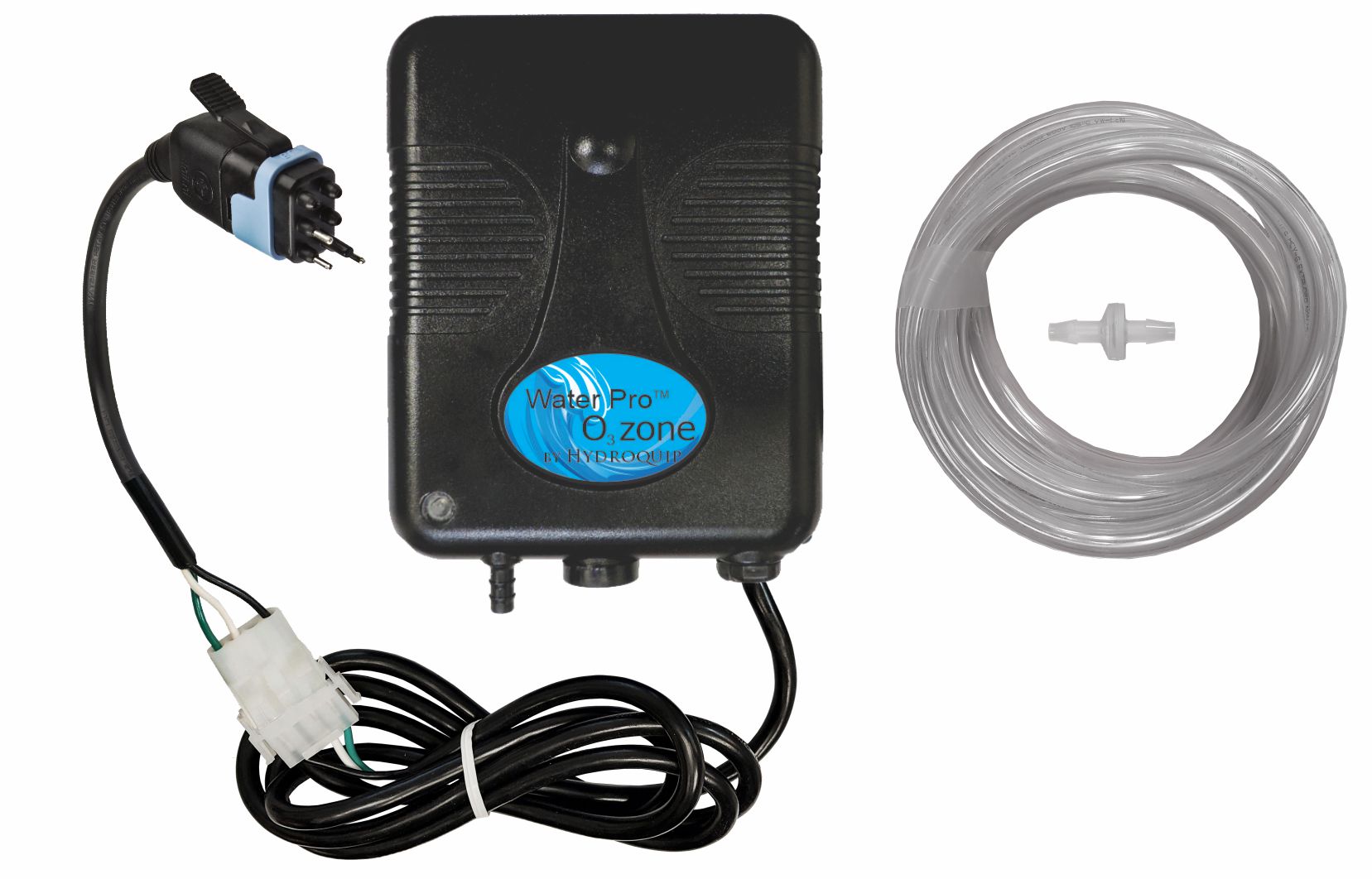
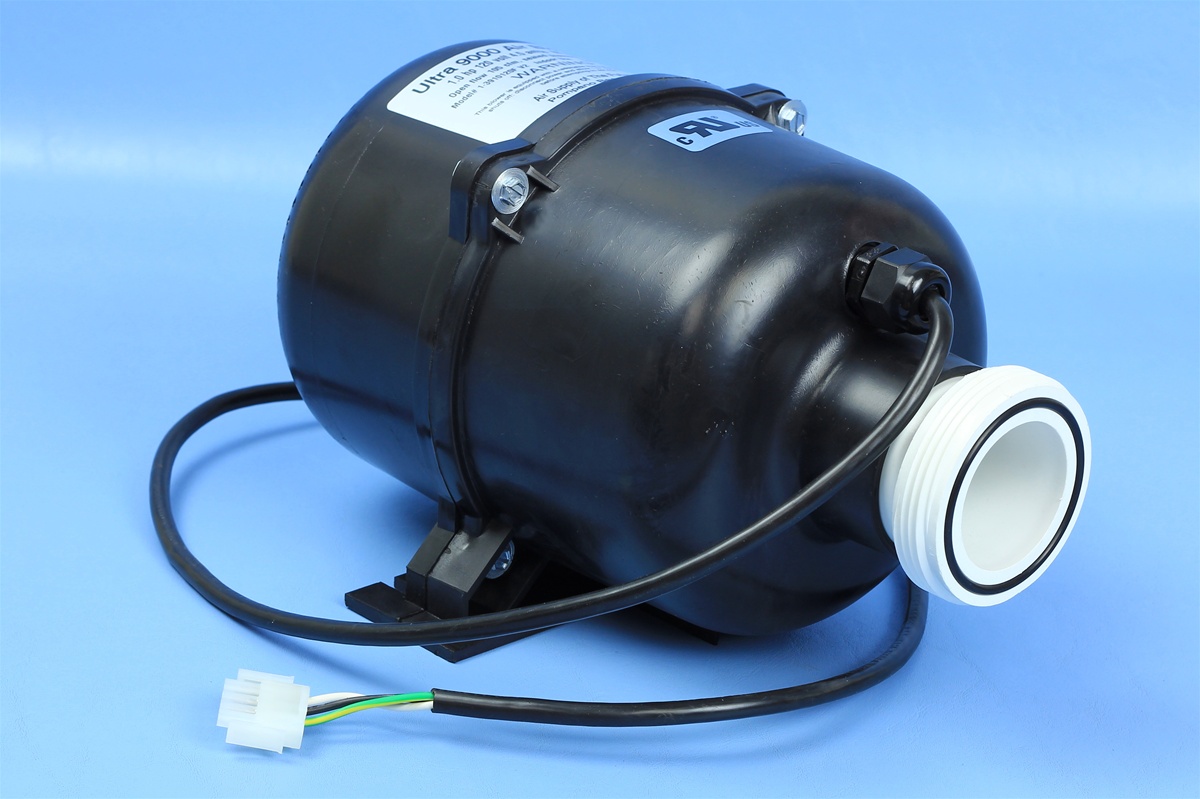
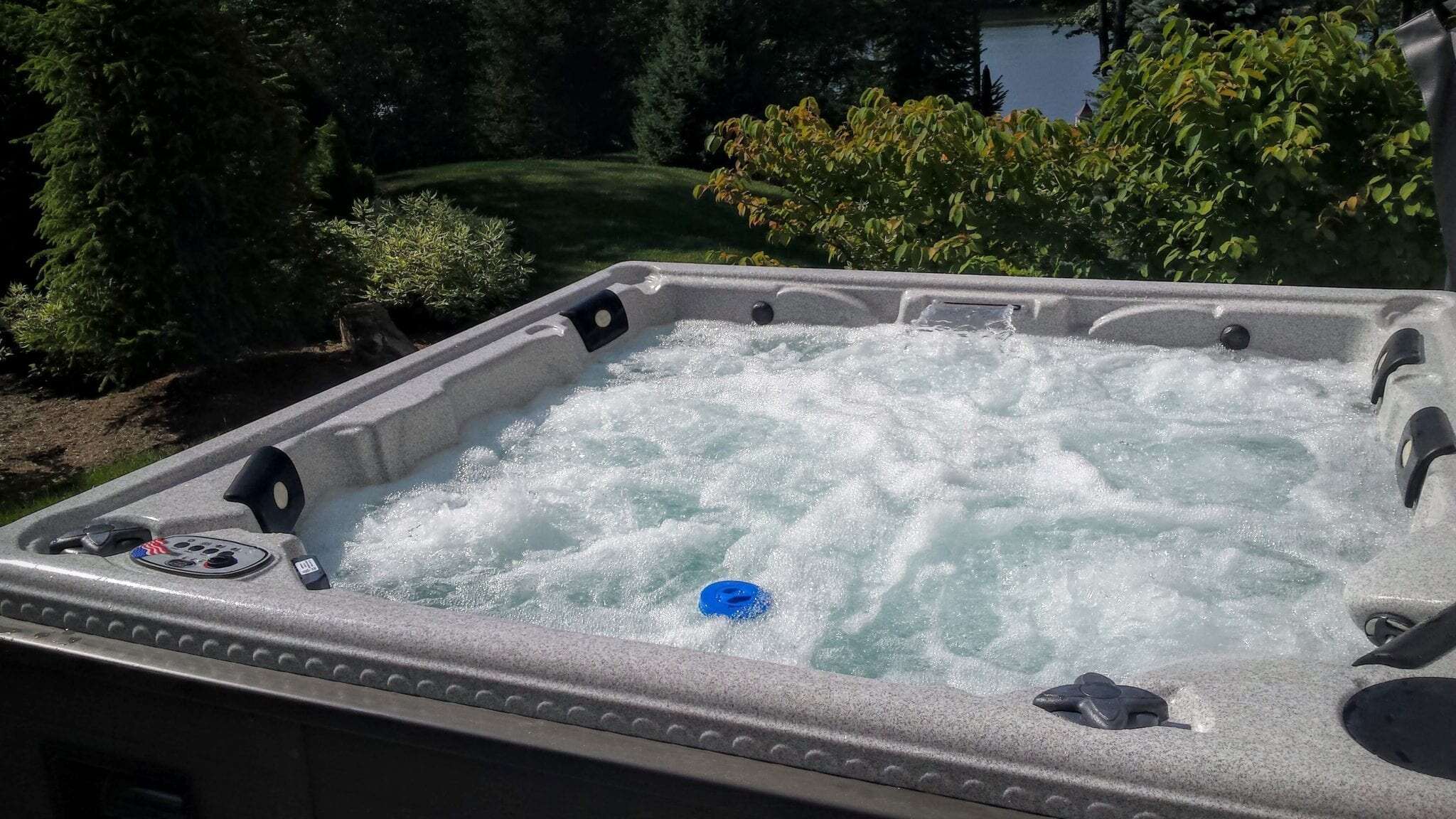
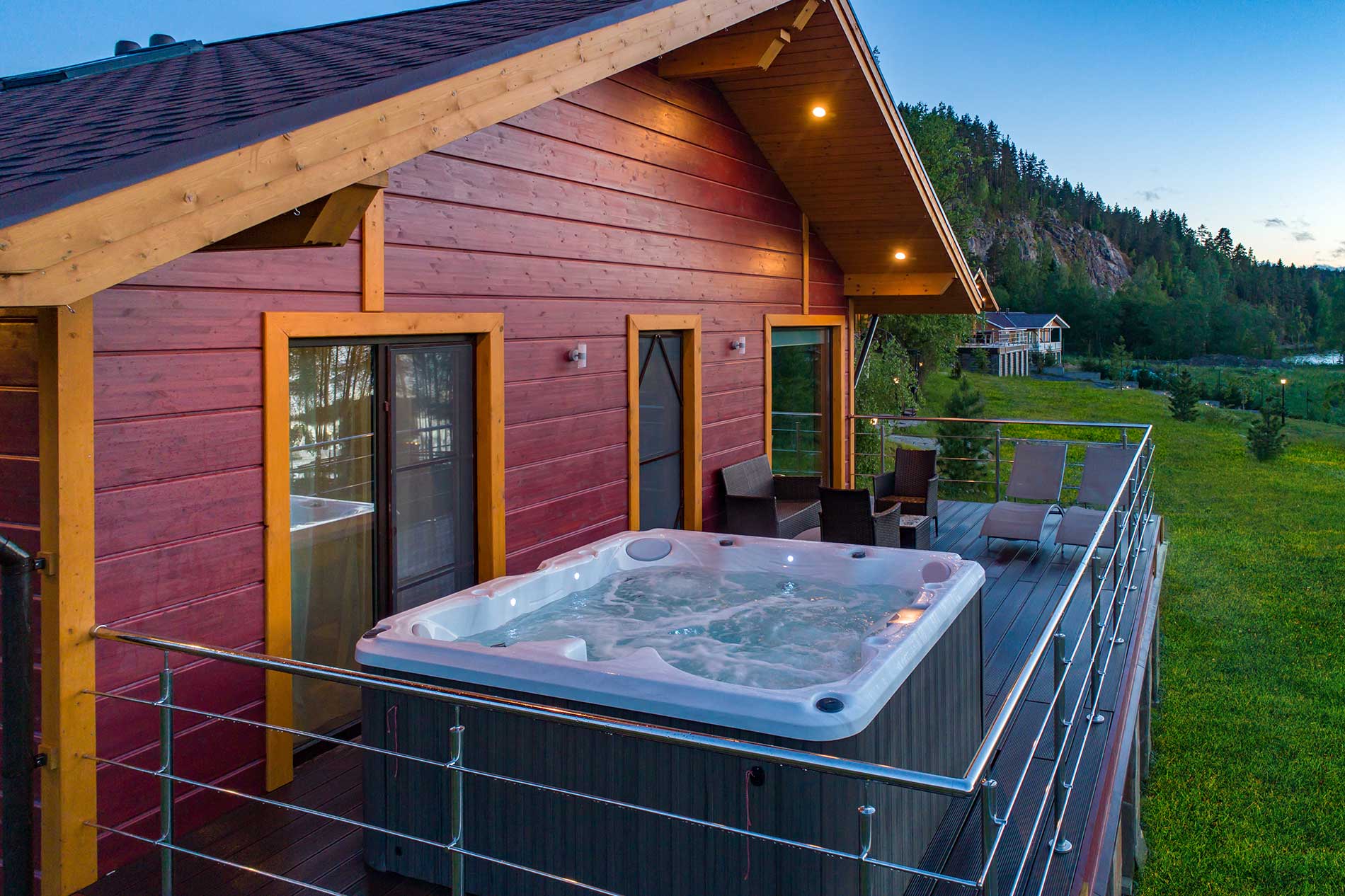
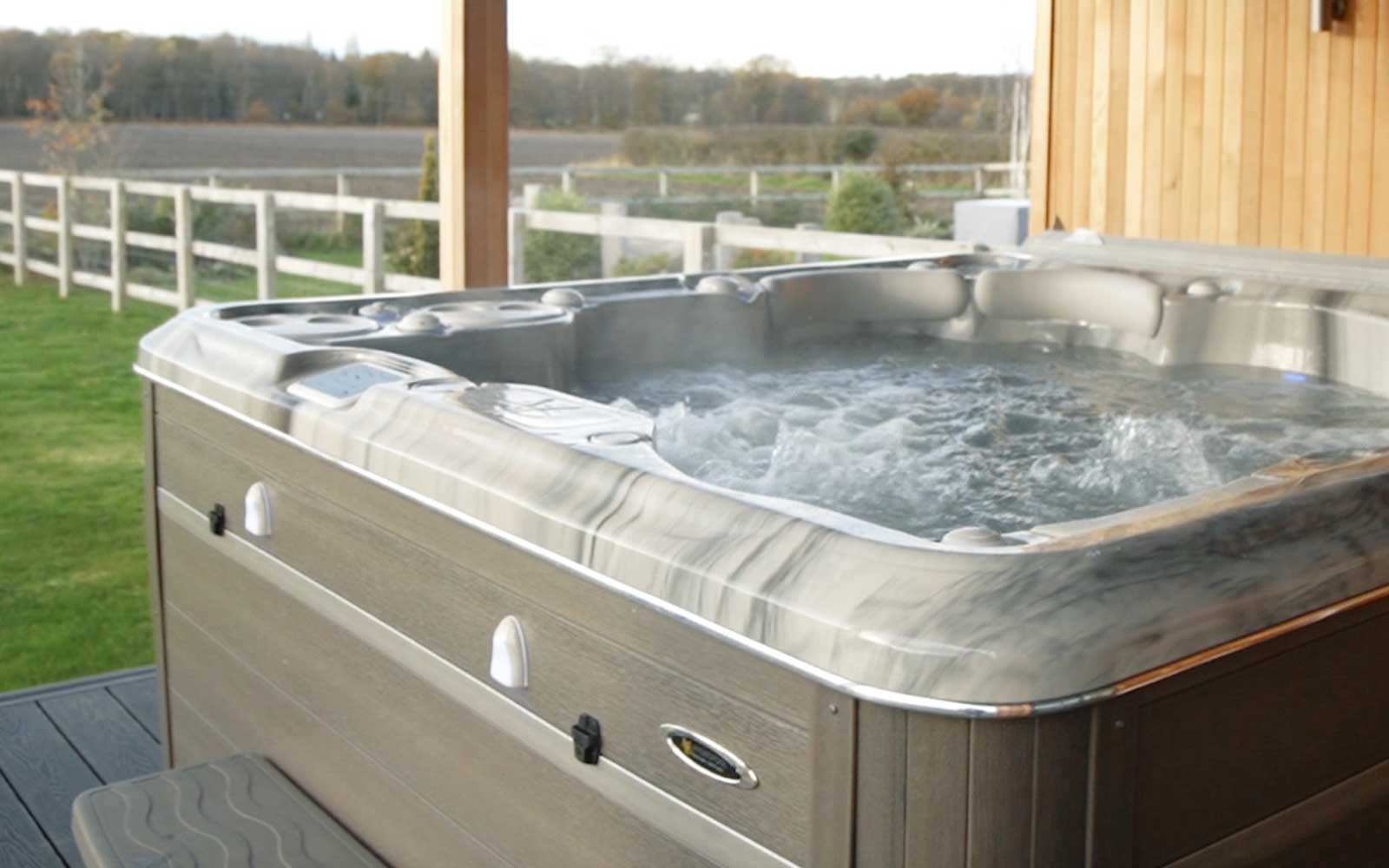
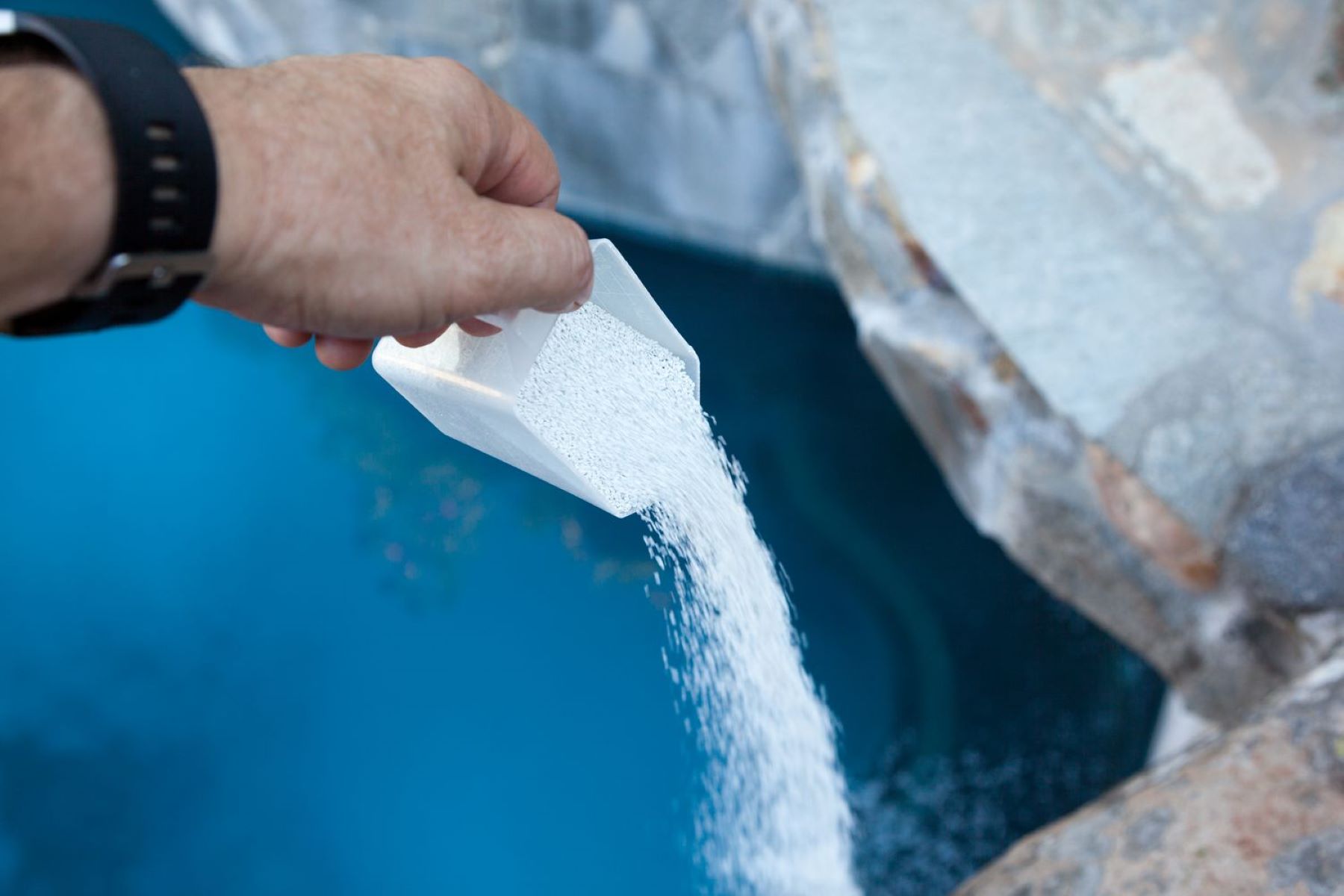
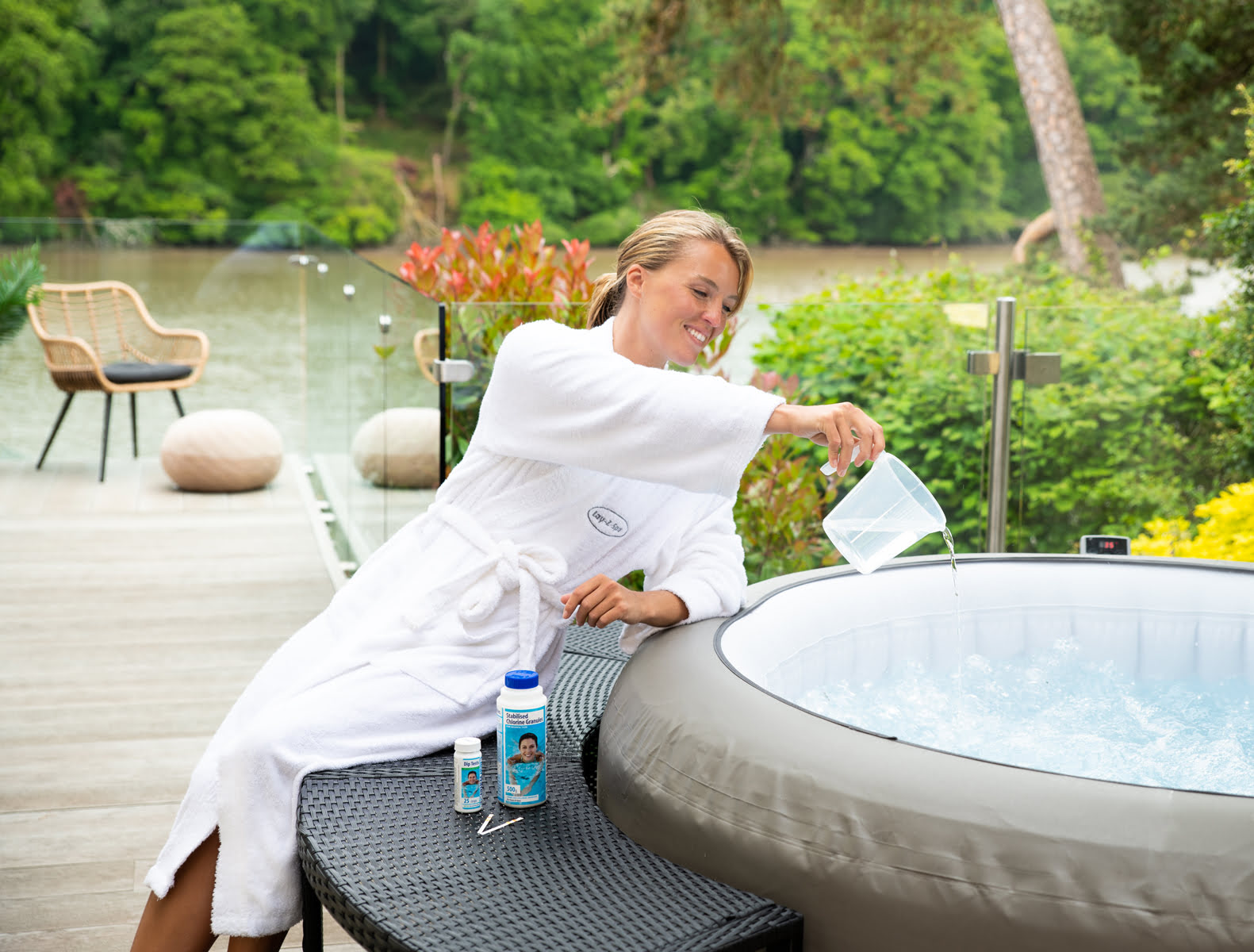
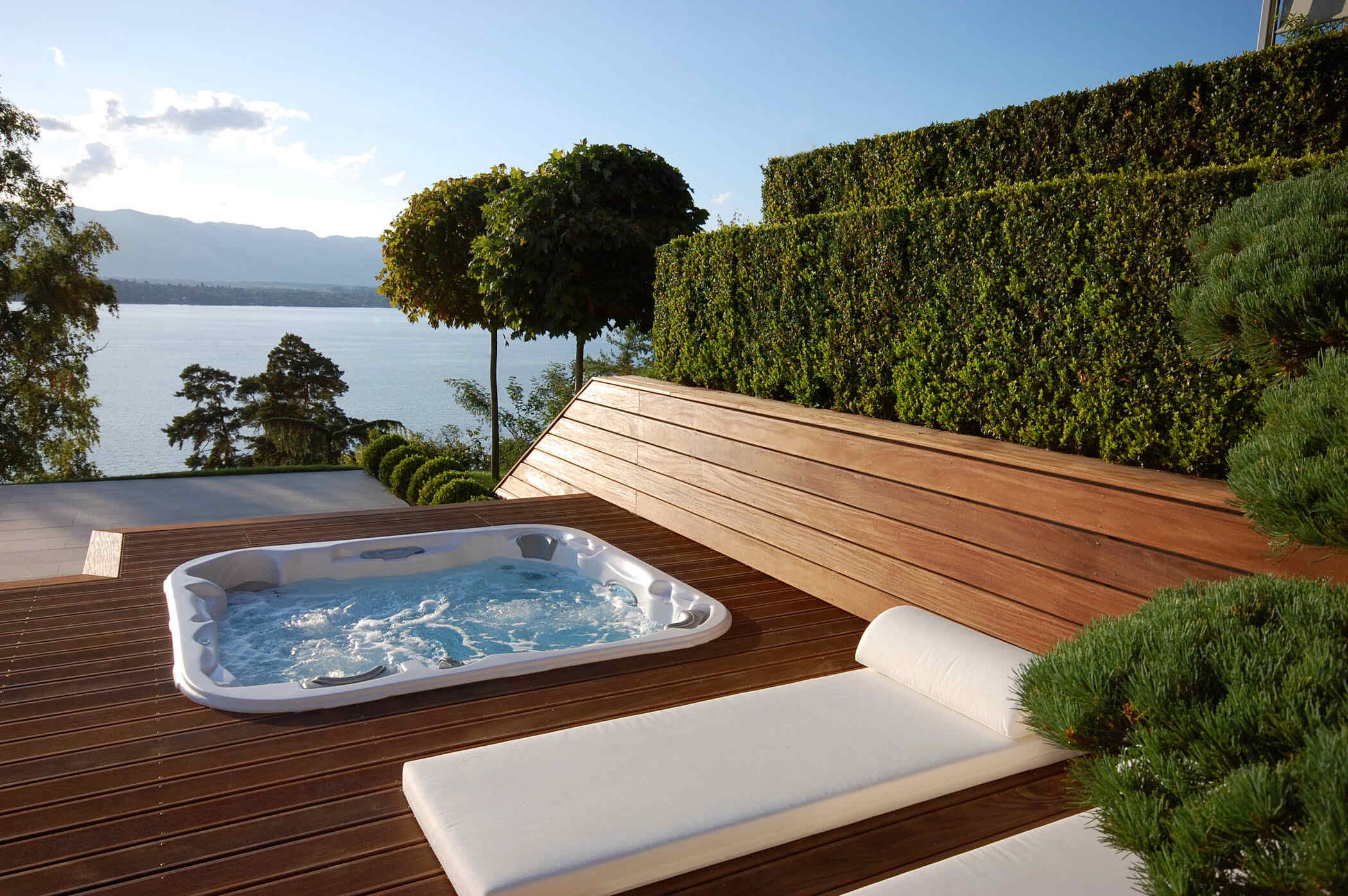
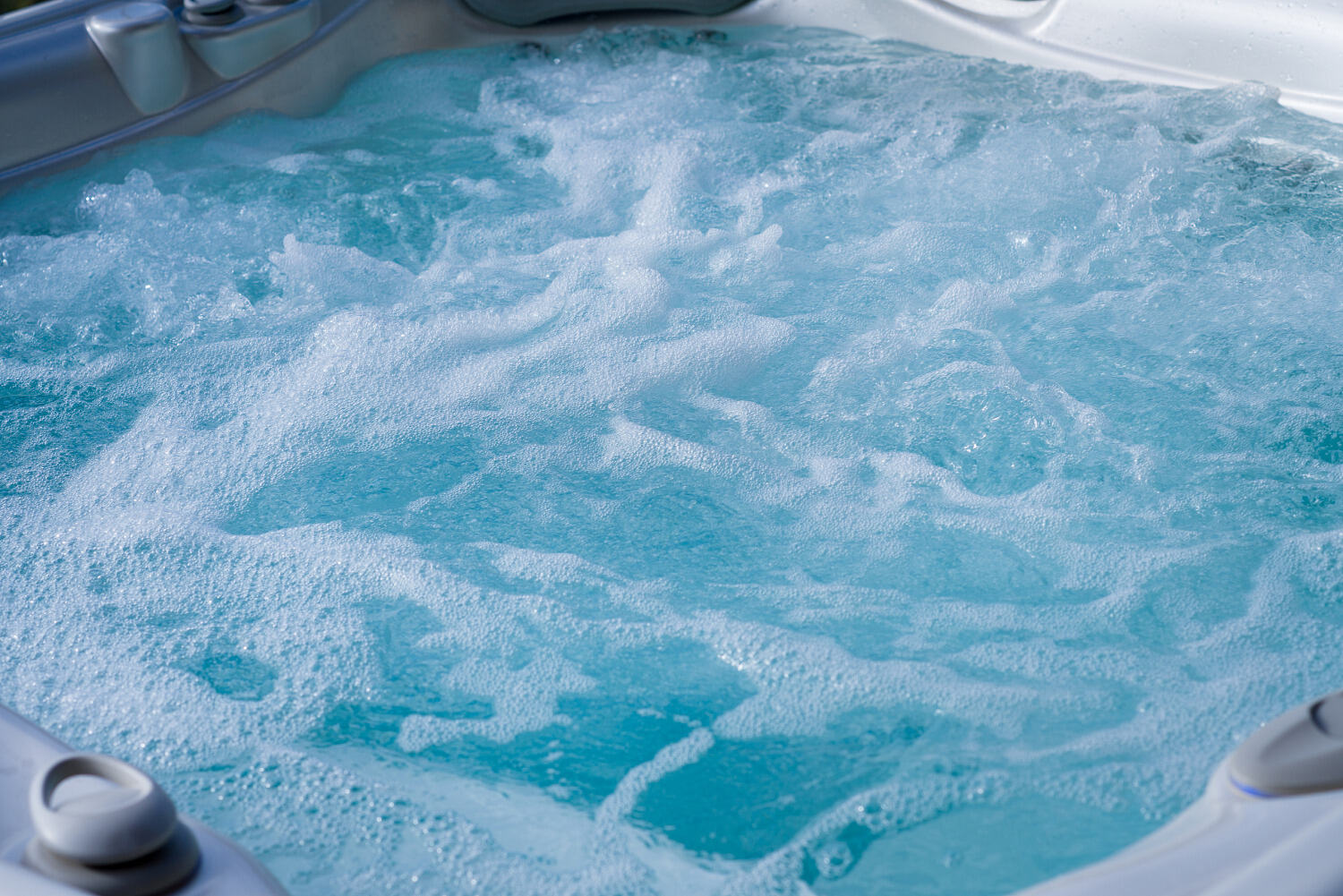
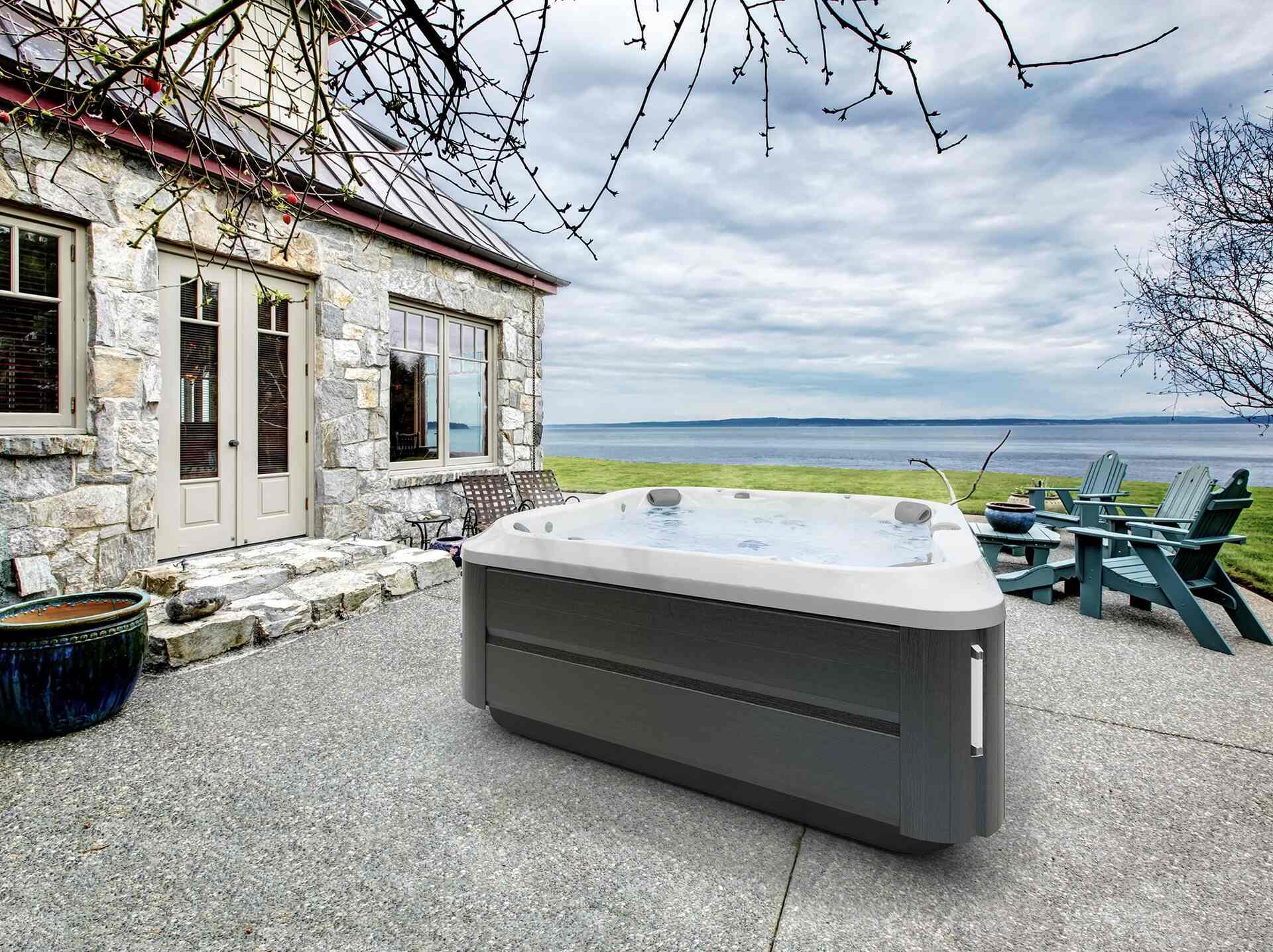

0 thoughts on “What Is Stabilizer In A Hot Tub”